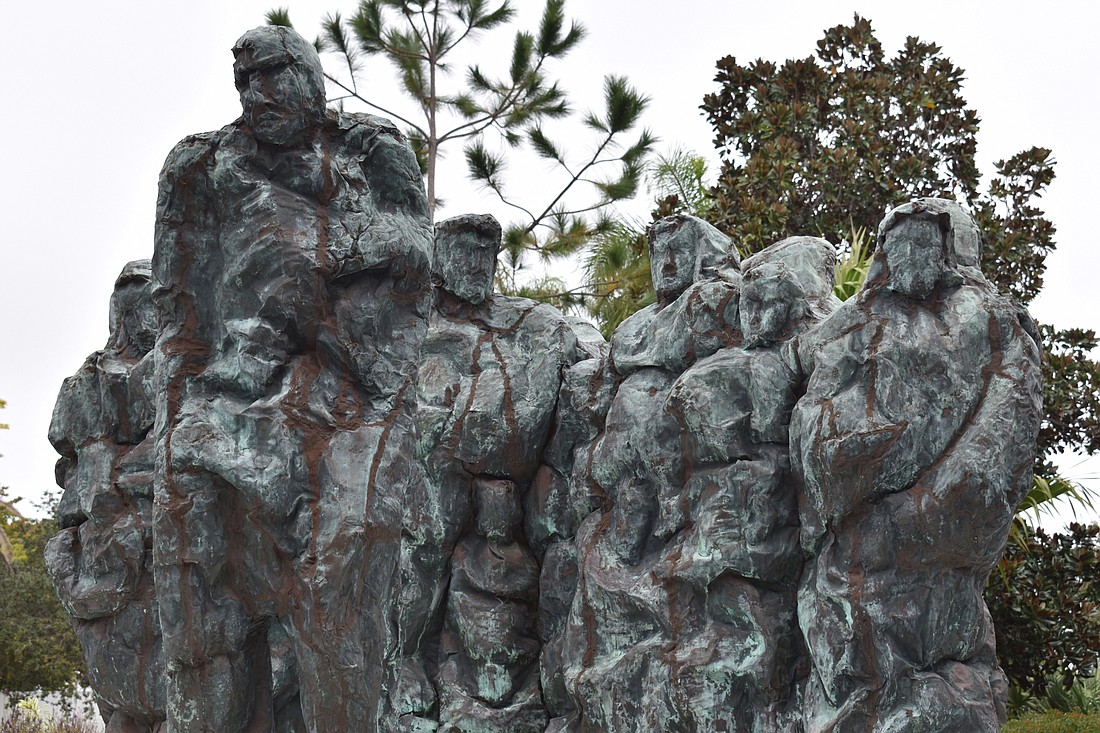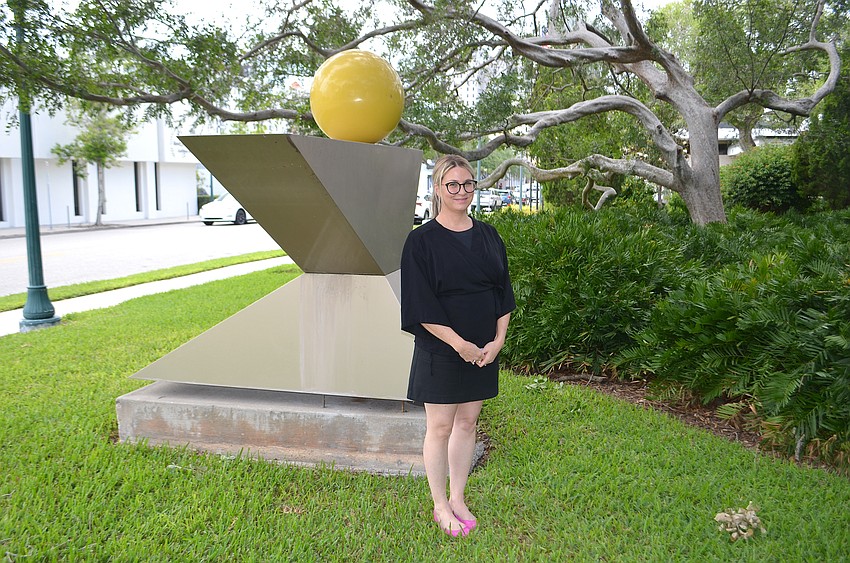- May 2, 2025
-
-
Loading

Loading

Art is subjective and public art is subject to scrutiny.
But there's no question about the need to increase funding for a public art program, due to rising costs, according to Senior City Planner and public art lead Mary Davis Wallace.
In advance of more informational community meetings and eventual presentation to the Sarasota City Commission for adoption, the city of Sarasota has published its draft Public Art Plan 2030.
The draft plan in its entirety can be accessed on the city's website at SarasotaFL.gov.
Central to the plan is a proposal to increase the funding mechanism for public art. Currently, the program is funded by a developer fee of 0.5% of the value of any development of $1 million or more, excluding land value. The 2030 plan calls for doubling that fee to a full 1%.
Wallace has spent more than 18 months crafting the seven-year plan to formalize the program and lay out strategies for growing the city’s collection and expanding it beyond the concentration of pieces in and around the downtown core.
Wallace presented a summary of the draft plan during an open house session in May, when she solicited feedback for the base tenets in the form of sticky notes on display boards. Most of those, just as emails received and conversations have been since, were supportive, she said.
“I had a couple of people who suggested that we not do certain things because they had a personal feeling about it, like (beautifying) alleys,” she said. “But overall I would say 95% of the comments were incredibly, if not surprisingly, positive and supportive.”

The responses from developers, she said, have been more of a mixed bag. Increasing the funding for art is a critical aspect of the plan, she said, because like the cost of construction, sculpture fabrication costs are rising as well.
“Market value is going up and the cost of art goes up, too,” she said. “Increasing this fee is going to compensate for the cost of construction for art as well, because it's a lot more difficult to build a $100,000 piece of art than it used to be. It’s going to be more difficult to build a $250,000 piece of art than it used to be because we're not getting the same value. Steel that builds buildings also builds art.”
Unlike the plan itself, the proposed funding method has met with mixed reviews from developers. Some of them, Wallace said, agree that the art and cultural reputation of the city is a key element for continued growth while others are more concerned about impacts on their bottom line.

“We have agreed to work with those who are interested in a partnership to figure out ways to build in some alternatives or incentives,” Wallace said. “We haven't gotten to that point yet because this is really just the overarching plan, but when we go into the zoning text amendments there may be opportunities for us to build in options for smaller projects. We want to make sure we don't have just a one-size-fits-all approach.”
The public art fund is in need of an infusion of cash. With the three appropriated roundabout projects totaling $572,800, the fund is projected to close fiscal year 2023 with $206,601.
With the completion of some significant developments on the horizon — Bayso condominiums in The Quay, The DeMarcay condos downtown and One Main Plaza to name a few — more revenue is on the way.
The 100-page plan includes a five-page executive summary that lays out the strategy for the growth of public art. The city currently has 95 pieces in its collection, the priciest of them included in the Art in the Roundabouts program. In addition to three sculptures in city street roundabouts, two more will soon be installed in roundabouts on U.S. 41 at 10th and 14th streets. In addition, the city’s Public Art Committee has selected a third — The Sun Always Shines by New York artist Sujin Lim — to be installed at Fruitville Road at U.S. 41. The City Commission will first have to approve the sculpture, which has a budget of $250,000.
In the executive summary, Wallace writes that the plan is a living, dynamic document intended to flex with economic volatility and, like art itself, be subjective.
“I make it very clear that we want to be able to be flexible,” she said. “We don't know what the economy is going to do. We want to be able to say, 'Here's how much we have and this is the biggest impact that we're going to be able to make with this amount of money.' Or maybe we will hit a real sweet spot here and we're able to expand just as the plan intends.”
The plan deliberately does not put a firm timeline on achieving specific goals.
“It doesn’t say in year one we’re going to do this and year five we're going to do this,” Wallace said. “We really want it to lay out some high, medium and low priorities and intensities, and that way we can pick and choose and this can be a dynamic document where we can look at it every year and look at it in five years.”
There is, though, one absolute.
“In seven years we’d better have a plan for the next iteration,” she said, “because we’ll need to have the next update in 2030.”